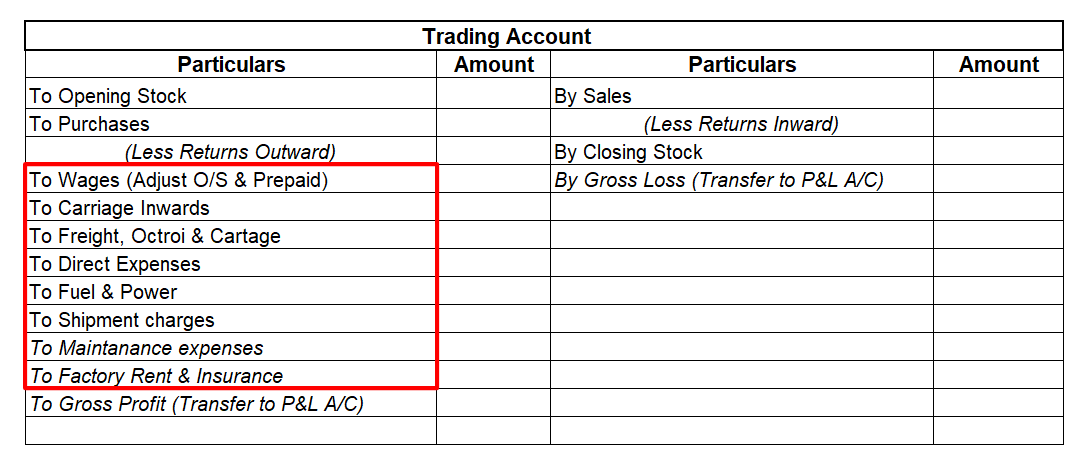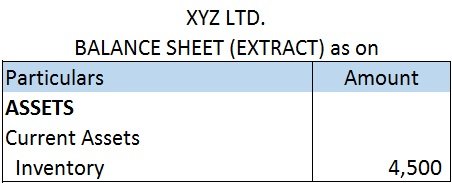The accounting equation for a non-profit organisation is almost the same as in the case of the profit-oriented organisation. Let's first briefly understand what accounting equation and non-profit organisation are: Accounting Equation Accounting equation is an equation that depicts the relationship bRead more
The accounting equation for a non-profit organisation is almost the same as in the case of the profit-oriented organisation. Let’s first briefly understand what accounting equation and non-profit organisation are:
Accounting Equation
Accounting equation is an equation that depicts the relationship between assets, liabilities and capital of an entity.
Assets = Liabilities + Capital
As per this equation, the total assets of an entity are equal to the sum of its total liabilities and total capital. This equation holds good in every situation.
Non-Profit Organisation
A Non-Profit Organisation is an entity which exists for purposes other than for profit. Such organizations exist and operate for charitable purposes, promotion of culture and sports and welfare of society. The accounting for Non-profit organisation is slightly different from For-profit organisations. In the case of a non-profit organisation, the capital account is known as the capital fund.
Accounting Equation for non-profit organisations
The Accounting equation for a non-profit organisation is as follows:
Assets = Liabilities + Capital fund.
The difference is only in name. In the case of non-profit organizations, the capital is known as a capital fund. Rest everything is the same. The accounting equation will be prepared as normally prepared for business concerns.
See less





The term ‘contra’ means opposite or against. In financial accounting, we encounter the term ‘contra’ in: Contra accounts Contra entries The meaning of contra in the above mention terms is also the same as their general meaning. Contra accounts mean the account which is opposite of the account it corRead more
The term ‘contra’ means opposite or against. In financial accounting, we encounter the term ‘contra’ in:
The meaning of contra in the above mention terms is also the same as their general meaning. Contra accounts mean the account which is opposite of the account it corresponds to.
Contra entries are entries of the debit and credit aspects related to the same parent account. Let’s discuss them in detail.
Contra accounts
Any account which is created with the purpose of reducing or offsetting the balance of another account is known as a contra account.
A contra account is just the opposite of the account to which it relates. The most common examples are the sales discount account and sales return account which is the contra account of the sales account. They are just the opposite of the sales accounts.
Contra Entries
Contra entries refer to the entries which show the movement of the amount within the same parent account. Here, the debit and credit entry is posted on the debit and credit side respectively of a single parent account. Mainly, contra entries are the entries involving cash and bank accounts.
The following transactions are recorded as contra entries:
Contra entries are marked by the letter ‘C’ beside the postings in the ledger. Deposit of cash in to bank will be posted in cashbook as below:

See less